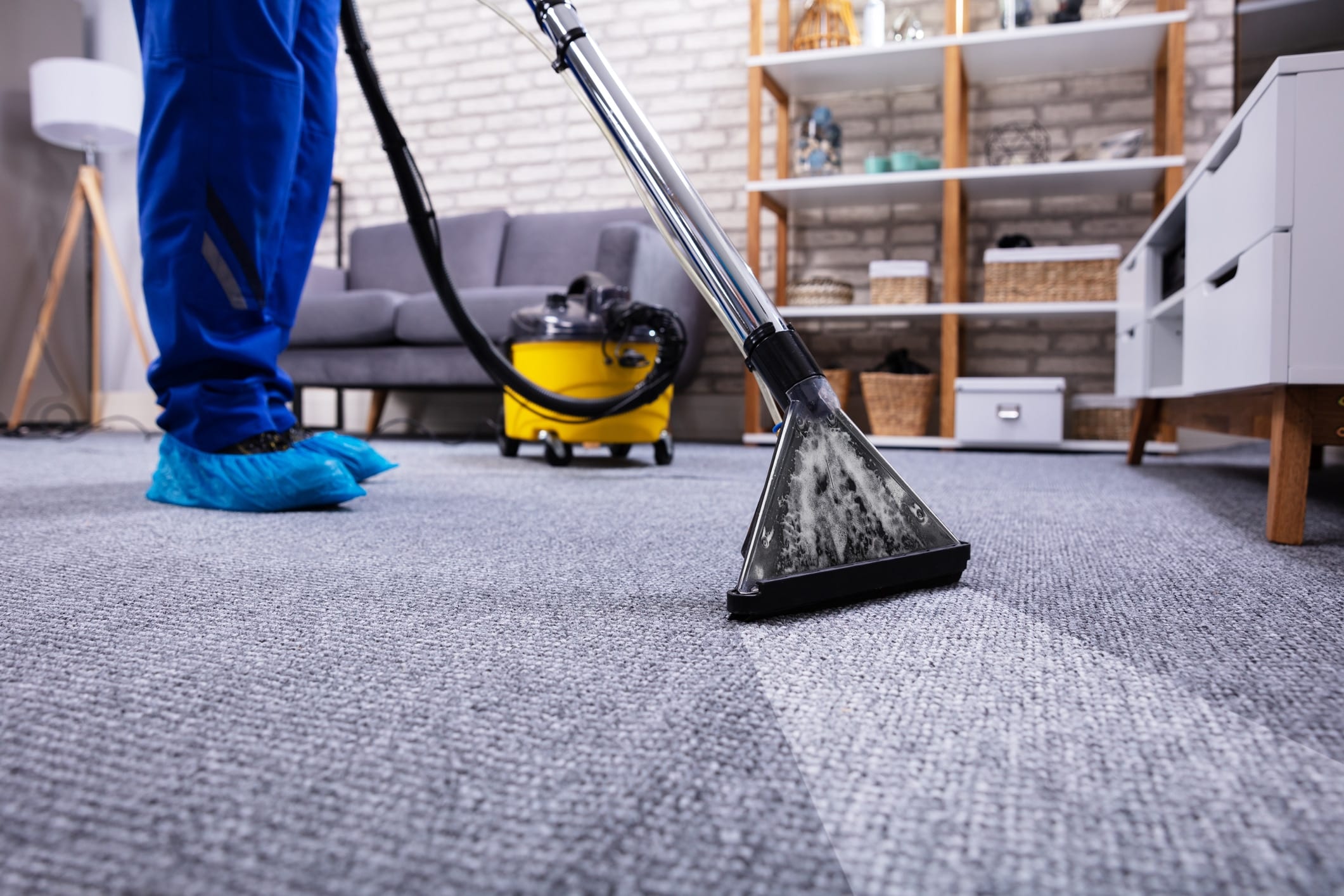
- Additionally, selecting durable glazing materials that are resistant to cracking, fading, or discoloration can help maintain the appearance and functionality of your curtain wall system.It is an exterior finish material that is installed over the wall framing or building support structure.The owner of the premises will also find that their energy bills decrease due to the lesser need for artificial light and heating.This system typically consists of vertical mullions, horizontal transoms, and glass or opaque panels.These systems, made up of lightweight materials and designed to protect the interior from the elements, provide numerous benefits for both architects and building owners.
Contact Us
Clear View Builders
Email: [email protected]
Phone: +19164205862
4913 Rio Linda Blvd
Sacramento, California, United States 95838
What Is A Curtain Wall In Construction
By utilizing different materials, including acoustic materials, curtain walls can do a good job in noise reduction. Additionally, the utilization of glass materials can help the transmission of natural light rays, which means less dependence on electrical lighting and further saves energy. They serve as a barrier for the building, protecting it against intense weather conditions like rain, wind, and https://500px.com/p/clearviewbuilders snow. As a result, the elements are prevented from entering the building, keeping the interior dry and warm. While large glass areas in curtain walls offer stunning aesthetics, they pose challenges in temperature control.What Is a Curtain Wall in Construction?
In addition to their flexibility and efficiency, semi-unitized curtain wall systems offer a range of design options. These systems can be customized to fit the aesthetic needs of the project, with a range of finishes, colors, and glass types available. Unitized curtain wall systems are a type of prefabricated exterior cladding system that are designed and manufactured off-site and then assembled on-site. These systems consist of pre-fabricated modules that are made up of multiple components, including glass panels, metal framing, insulation, and air barriers. The modules are then transported to the construction site and installed on the building’s façade using cranes and other equipment. Curtain walls not only enhance the aesthetics of buildings but also contribute to energy efficiency and sustainability. By incorporating curtain walls into building design, architects and developers can create visually appealing and sustainable structures that meet the needs of both occupants and the environment. Overall, stick-built curtain wall systems offer a range of benefits to modern building design, providing both functional and aesthetic advantages. As such, they continue to be a popular choice among architects and designers for a wide range of building types and applications. A curtain wall is a non-structural outer covering of a building that protects against the elements while adding aesthetic appeal. Unlike load-bearing walls, curtain walls do not support the building’s weight; instead, they are attached to the building’s structural framework, like a “curtain” hung around it. In addition to their efficiency and design benefits, unitized curtain wall systems also offer enhanced energy efficiency and thermal performance.Advantages of Curtain Wall Systems
The drawbacks of using such a system is reduced structural performance and visible joint lines down the length of each mullion. Finally, curtain walls foster community connection by promoting openness and transparency. Their design encourages interaction with the surroundings and neighbors, creating a sense of community. The psychological benefits of natural light can lead to improved performance and job satisfaction, creating a more conducive work environment. By embracing indoor-outdoor living, curtain walls create an inviting atmosphere that encourages relaxation and social interactions, making your home a true haven. Stick systems involve assembling individual components—such as mullions (vertical) and transoms (horizontal)—on-site. This method offers flexibility but requires more labor and precise alignment during construction. Curtain wall construction requires assembly materials for gasketing, glazing, structural adhesion, weatherproofing, and more. From shiny glass walls on tall city buildings to creative designs using different materials in eco-friendly structures, curtain walls give architects lots of choices in modern design. Yes, curtain walls can improve energy efficiency by allowing natural light into the building. However, they may need proper glazing to optimise insulation and energy performance. :max_bytes(150000):strip_icc()/hard-water-stains-in-the-toilet-2719033-04-9816f1ae81b84549a2a723ea85debd53.jpg)